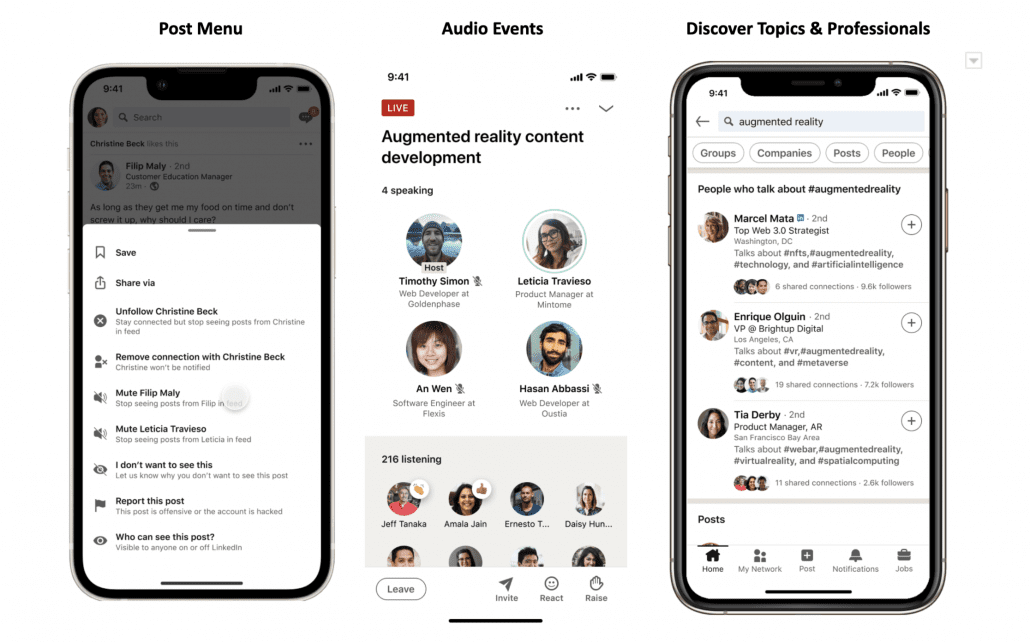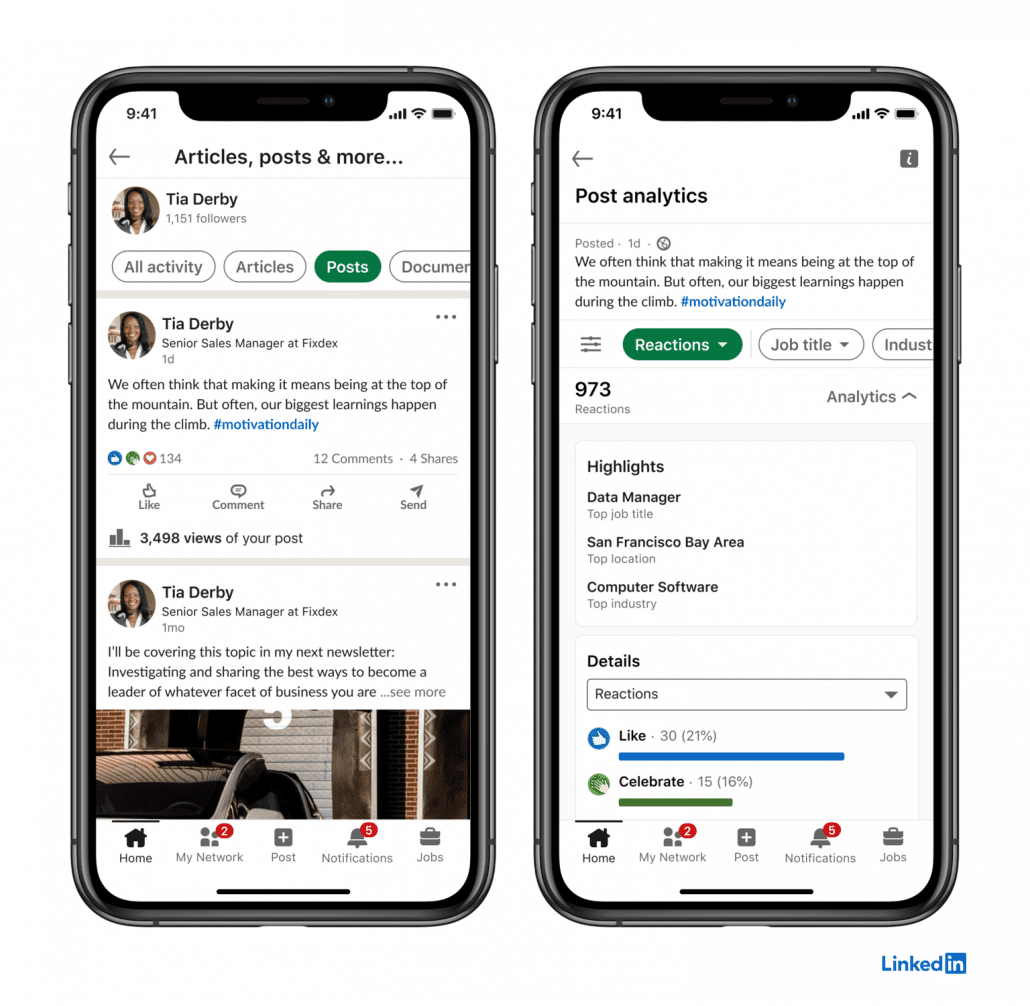This week, the United States House of Representatives overwhelmingly voted to ban TikTok unless its owner, Chinese company ByteDance, gives us control of the company.
While this does not mean the wildly popular social network is banned yet, it raises the heat on a long-brewing showdown between Congress and TikTok. Let’s explore why Congress is so concerned with TikTok, where the platform stands currently, and what will happen next.
Why Congress Wants To Ban TikTok
Since it started getting popular in the US, politicians have expressed concern about potential security issues that could put information on US citizens in the hands of the Chinese government.
During Trump’s administration, the former president repeatedly railed against the company and pushed for it to be banned. (The former president has now switched his stance and opposes any efforts to ban TikTok following a closed-doors meeting with a major Republican donor who is also a ByteDance stakeholder.)
Since TikTok is owned by ByteDance, which is based in Beijing, the app is subject to Chinese law. Most notably, it is required to give over any information requested by the government, including data on American users.
What Happens If The Bill Becomes Law?
If signed into law, ByteDance would have six months to divest its ownership of the platform. However, ByteDance would need permission from the Chinese government to go through with selling the platform and China has stated it will oppose any sale of the platform forced by foreign governments.
If ByteDance does not divest its ownership of TikTok, the platform will become inaccessible through US servers and will not be allowed on app stores for devices.
This would be a major hit for brands in the US who market to Gen Z, given that the platform draws in primarily younger users and creates a unique opportunity for advertisers to reach this generation where they are most receptive.
What’s Next?
Although the House overwhelmingly passed the bill, it faces a less certain future in the Senate. Members from both sides of the aisle have expressed concern for a variety of reasons.
Notably, some warn about potentially increasing tensions between the US and China, while some Democrats have also expressed worry about losing influence among younger votes – especially ahead of a major election.
Ultimately, we will have to wait and watch as the Senate has yet to schedule a vote on the bill. If it is passed through the Senate, President Joe Biden has already said he intends to sign the bill into law.






